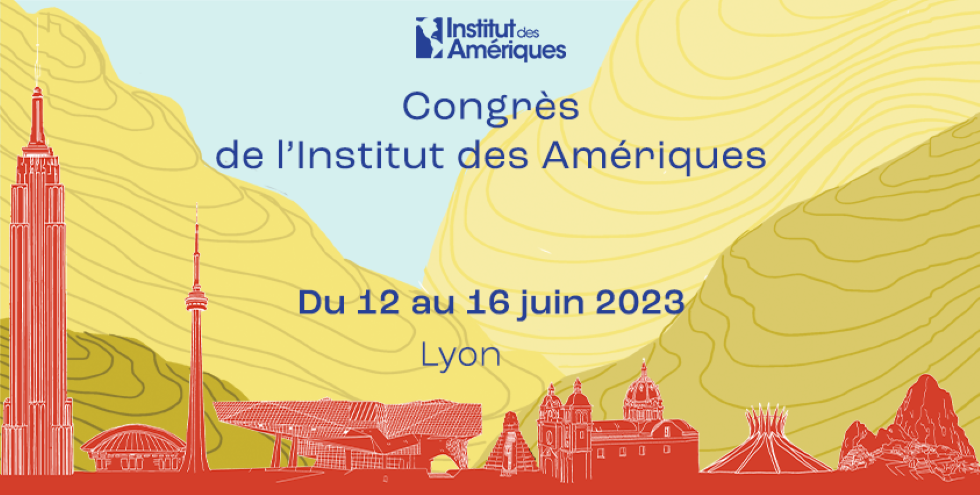
Workshops > Art as a political tool for Indigenous Peoples in the AmericasART AS A POLITICAL TOOL FOR INDIGENOUS PEOPLES IN THE AMERICAS Thursday, June 15 from 9h00 to 11h00 Palais Hirsch, Salle des colloques Organization: Aurélie Journée-Duez (LAS - EHESS) and Morgana Herrera (CRIAL - Université Sorbonne Nouvelle) Proposition Since human and social sciences, museums and the art market are more and more interested in Indigenous pieces of art, this workshop aims to discuss the political power of Indigenous contemporary practices and productions in the Americas. From the North to the South, Indigenous men and women share a same story of colonization, characterized by marginalization and assimilation; many of them are now facing a growing number of extractive projects in their lands and territories, affecting their daily life, usually without their consent. These situations do not fit with international law standards, as expressed in the United Nations Declaration on the Rights of Indigenous Peoples (2007) or Convention 169 of the International Labour Organization. Indigenous men and women organize and mobilize themselves to be recognized as full citizens and for their self-determination. In order to voice their fights and to be heard, Art appears as a sounding board or a formidable weapon thanks to its capacity to make visible the unknown and reveal the invisible. If Indigenous Peoples' claims all around the continent often echo each other, the summoning of artistic praxis and the actors involved change more obviously according to specific contexts. For instance, against the Dakota Access Pipeline (DAPL) in North Dakota, or Kinder Morgan's Trans Mountain in British Columbia, Indigenous women in the reserves or the cities have been in the frontline claiming the slogan "our body, our territory" and have particularly used silk-screening, performance and photography as a medium of expression. These practices were developed in dedicated spaces (the Art tent; the Tiny Houses Warrior). To highlight the marginalization of the genocide of Indigenous peoples due to the rubber exploitation at the end of the 19th century-beginning of the 20th, many artists of the Peruvian Amazon transmitted the testimonies of the members of their family who had survived the massacre thanks to figurative painting. In the particular context of Evo Morales' Bolivia, where Aymara artists benefited from an official support, the problems linked specifically to the Amazon were invisibilized. How is art summoned by Indigenous actors in the service of their demands? Do the circulation and reception of these artworks impact the consideration of their claims? What does artistic practice allow in relation to other actions of struggle? Through concrete examples, this workshop intends to analyze and question the links that unite art and politics in contemporary Indigenous claims in a trans-American perspective that cuts across extremely varied historical, cultural and socio-economic contexts. Speakers Discussion: Morgan Labar (École Supérieure d’Art d’Avignon) |

